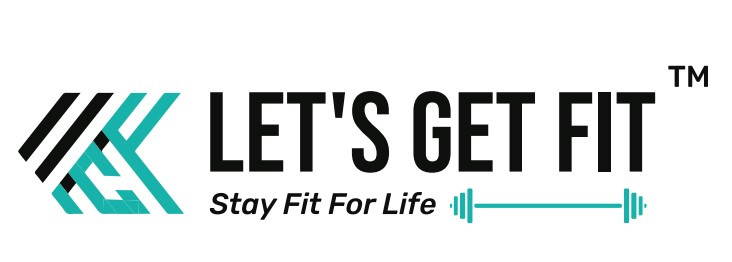
THE BEST GYM CARDIO WORKOUT PLANS
Crafting a gym cardio workout plan might feel daunting, especially if you’re not keen on traditional cardio exercises like running or cycling. Luckily, there are plenty of ways to elevate your heart rate, ensuring you reap all the benefits of cardio in an activity you enjoy.
In this blog, Let’s Get Fit looks at cardio’s benefits and shares three gym workout plans. Whether you’re new to the gym and looking for a cardio workout plan for beginners or a seasoned gym user looking to switch it up, you’ll find everything below.
BENEFITS OF CARDIO FOR BEGINNERS
Let’s delve into cardio’s physical and mental benefits and why it’s a fantastic option for beginners beginning their fitness journey.
PHYSICAL BENEFITS
Better Heart Health: Cardio exercises boost heart strength and enhance circulation, lowering the chances of heart disease and stroke. Regular cardio sessions improve the efficiency of your cardiovascular system, helping it deliver oxygen and nutrients to your muscles more efficiently.
Increased Energy: Cardio is a great way to boost your energy levels. Activities such as brisk walking, cycling, or dancing can elevate your energy and enhance your mood.
Increased Endurance and Stamina: As a beginner, cardio workouts gradually build your endurance and stamina. Over time, you’ll be able to sustain physical activity for longer durations without feeling tired.
Strengthened Immune System: Regular cardio exercise also boosts the immune system, reducing the risk of common illnesses and improving overall health and well-being.
HOW MUCH CARDIO SHOULD YOU DO EACH WEEK?
The NHS suggests doing 75 minutes of vigorous or 150 minutes of moderate-intensity exercise each week, in addition to strength-based workouts. Moderate-intensity exercises include brisk walking, leisurely cycling, and hiking, while vigorous exercises include running, spin classes, and sports.
Adding a 10–20-minute vigorous-intensity cardio session to the end of your workouts is a great way to reap the benefits of cardio exercise and meet the recommended guidelines, without dedicating huge chunks of time to it.
If you go down this route, remember to perform your cardio after your weight training, not before. Both cardio and strength training use up glycogen, but there will be more of a negative impact on your workout if you perform cardio first.
Outside of the gym, brisk walking is a great way to bump up your overall weekly exercise. Just 20 minutes a day brings you around the 150-minute mark for moderate activity.
WHAT TYPE OF EXERCISE SHOULD A CARDIO GYM WORKOUT PLAN INCLUDE?
There are two types of cardio workouts: LISS (low-intensity steady-state cardio) and HIIT (high-intensity interval training). LISS workouts involve exercising at a steady effort level for a longer duration, while HIIT workouts alternate short bursts of intense effort with periods of low effort or rest, typically for a shorter duration.
A gym LISS workout usually lasts between 30 and 60 minutes on a cardio machine. Most gyms offer a range of cardio machines to choose from, such as treadmills, exercise bikes, rowing machines, ski ergs, ellipticals, and stair masters. If you don’t like one machine, don’t feel obligated to use it! Experiment with different machines to find what you enjoy, as finding pleasure in exercise is crucial for maintaining consistency.
If you don’t enjoy any of the cardio machines, you can still get cardio workouts at the gym. Bodyweight endurance exercises like squats or burpees can be turned into a cardio workout by following a HIIT format, so if you hate traditional cardio, you can always turn your favorite exercises into a cardio workout! You can learn more about HIIT workouts here.
Build a Cardio Routine for Weight Loss
Here is a chart illustrating a sample week of cardio workouts for someone who exercises six days a week. This is just a sample, so feel free to adjust the workouts based on your fitness level, schedule, and preferences.
Start slowly, if you’re a beginner, and work your way up to this level of exercise. How much you need is based on several factors, including your fitness level, age, gender, and goals. Be sure to warm up before each workout and cool down after. Stay hydrated, and stretch after your workouts.
